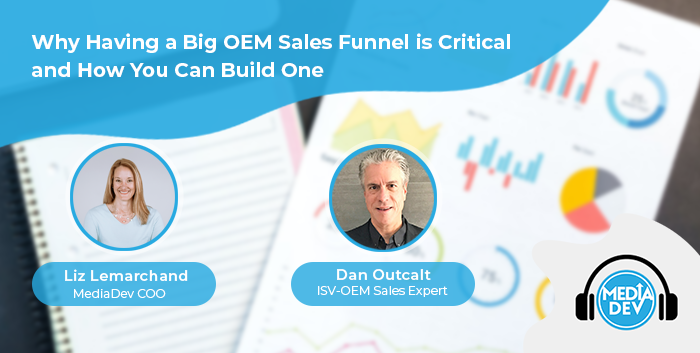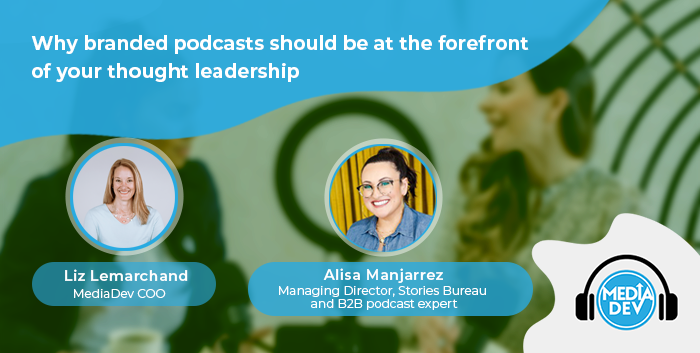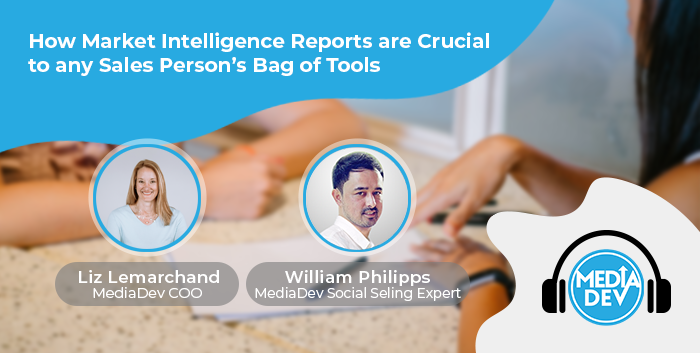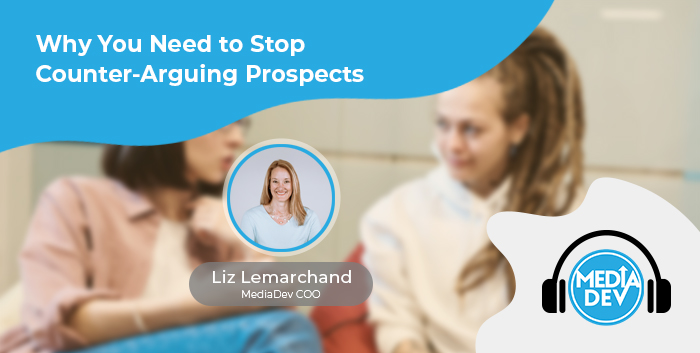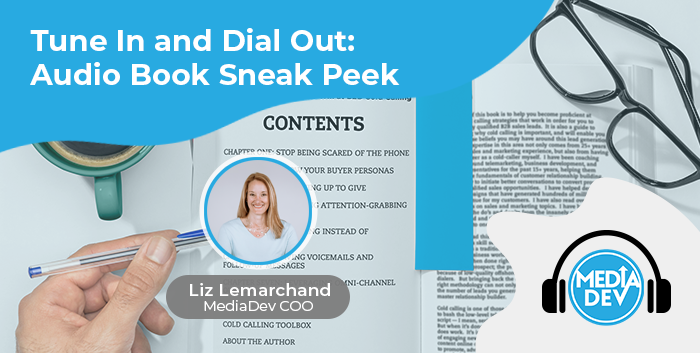View on YouTube here:
1. What are some of the things you do when you are starting off a new social selling initiative?
I really love to kick off a campaign by learning a little bit more about the company I represent. It helps a lot to know what products and services I’m representing. I mean, not the nitty-gritty since I am not a very technical person but at least how things work in general. Through this, I am able to answer generic questions coming from prospects and I’d eventually arouse more curiosity leading to more in-depth discussion with our clients themselves.
Along with that, I also learn about the companies I reach out to. I read about news and updates on their websites, hint on possible needs aligned to what our clients offer, and find that common ground to establish a possible relationship.
I also read about prospects’ job description to make sure that I am extending offers to the right people. I guess these are my main consideration when starting off with a social selling campaign.
2. How can you be sure that you are reaching the right target prospects?
Yep, so as I mentioned earlier, it’s not just a process of trial and error where you keep reaching out to people using a certain parameter like a job title, or geography, or a job function. It’s really spending time to read job descriptions and job experiences and see a spring board of opportunities where future partnerships can be drawn from.
3. Tell me about Sales Navigator – what is Sales Navigator and how is it better than regular LinkedIn?
Oh wow, I used to think that Sales Navigator was a complicated platform but along the way, I saw its significance with regard to reaching the right people. Regular LinkedIn does not show a lot of information like Sales Navigator does. Primarily, Sales Navigator readily makes contacts’ information available upon initial search so that means I am able to already reach out to them at first look up. Regular LinkedIn cannot do that. A lot of contacts whose privacy is so important for them have a lot of information withheld from the main page including their names, in fact. Ultimately, Sales Navigator is so much like a premium account of a social media platform that allows more exclusive things to enjoy and in case of Sales Nav, it’s being able to target more people, being able to see commonly withheld contact information, and more extensive job experiences.
4. What kind of content do you share with prospects? What types of assets get the best responses in your opinion?
Apart from sharing our clients’ showcase page news and updates on my LinkedIn feed, there are assets that come mainly from the clients which they want to share to prospects. I make it a point that I ask my clients of any updated asset that they want me to share with prospects because as you may know, the world of data analytics and business intelligence keeps evolving by the minute and so much updates can occur in a blink of an eye. To be a little bit more specific, nowadays, the assets that I send to prospects mostly talk about Qlik’s augmented intelligence capability which was just introduced recently.
5. How many people would you estimate that you connect with or InMail on a daily basis?
I get to send around 50-60 InMails on a daily basis to contacts who are already within my circle. This does not diminish my allotted InMails for the month which is about a hundred. However, there are instances when I need to get in touch with someone who isn’t on my circle yet, mostly these are people who have not accepted my connection request yet but were already referred to me by existing contacts. This does not happen often but on a monthly basis, I think I do this about 40-50 times.
6. At what point do you call prospects in addition to engaging with them on LinkedIn?
Good question. A lot of times, prospects would already show interest in a discussion even when their intentions are not so clear yet. I have already encountered prospects that would be very interested in a meeting the following day only to find out a little later that they think it’s a possible job opportunity. This is when calling them has to step in. Right after I get their yes to a discussion and all their pertinent details. I call them to make sure that they understand that I am offering a product, a service, or a partnership, and not a job offer. I also make it a point that there is a need for the product that I am about to offer. It may not necessarily be in the near future, but at least something that my client can look forward to in the future. I also have to make sure that the prospect I am reaching out to is a decision maker and that he has control or an oversight at least of the company’s budget. Ultimately, I make sure that these things are met before proceeding any further.
7. What advice would you give someone who is new to social selling and wants to get good at it?
Patience is really the key. I did not start off on a bed of roses. Being able to gradually establish contacts and grow your network give your profile a sense of credibility and this is what we want to achieve more than anything else. Reading both clients’ and prospects’ company updates can also give you a clearer understanding of how one can be beneficial to the other. Lastly, a good grasp of communication where you have to adjust to a prospect’s tone is very important. Robots are not a thing on LinkedIn and if you are one, you will totally be ignored. A good flow of free flowing but professional interaction is something worth our initiatives.



